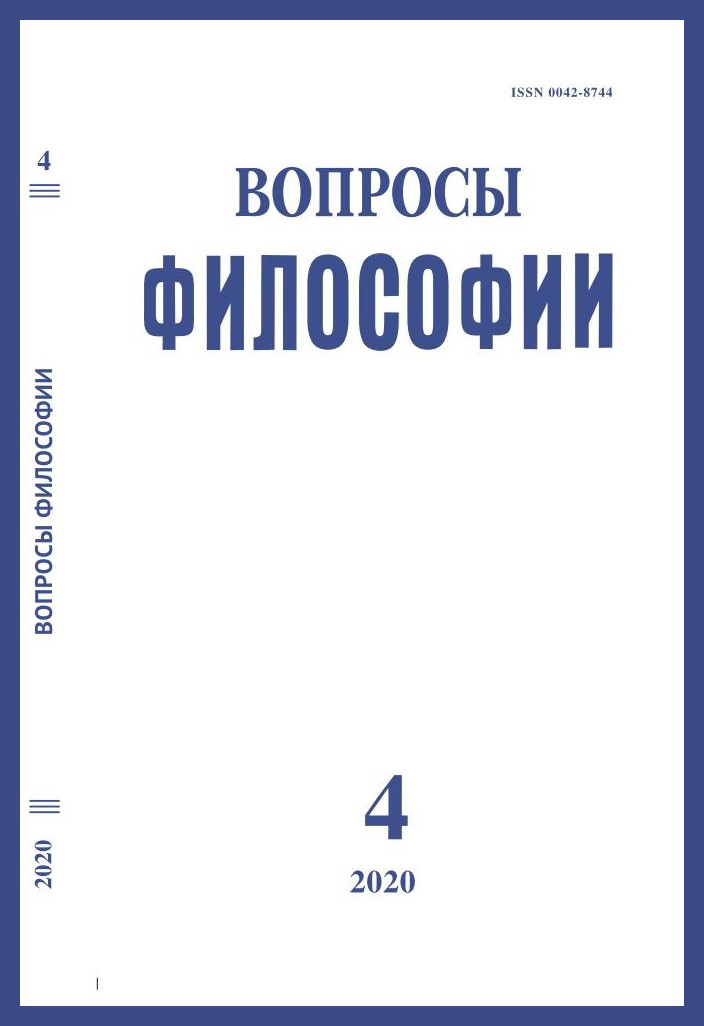Дисформативная идентичность
DOI:
https://doi.org/10.21146/0042-8744-2020-4-80-91Ключевые слова:
идентичность, дисформативные формы идентификации, постмодернизм, радикализм, плюрализм, толерантность, аномия, равенство и равноправиеАннотация
В статье вводится и обосновывается новое для наук о человеке понятие – «дисформативная идентичность». Обсуждается этиология, механизм зарождения и развития дисфункциональных форм идентификации личности. Наиболее очевидное свойство дисформативной идентификации состоит в том, что она реализуется не деятельностным путем, а на уровне отдельных действий или даже простых операций. При этом во всех своих вариантах – это действия, значение которых разными способами реализует не связанный с ними напрямую смысл защиты от страха, аномии, а сложный мотив деятельности превращается в не всегда связанную цепь целей в структуре удовлетворения уже не сложных, а архаических потребностей. Их отличительными чертами являются деградация сложной деятельности до упрощенных действий или операций, мгновенность и простота реализации, тенденция к утрате личной ответственности, иллюзия легкого и убедительного нахождения своего устойчивого места в символическом хронотопе. Принципиальным является возникновение дисформативных форм идентификации не только в виде «невинных» диффузных и размытых форм самоидентификации, но и в виде «гиперидентичности» – нетерпимых, ригидных и агрессивных проявлений: радикализма, фундаментализма, экстремизма и терроризма. Дисформативная идентичность представляет собой не просто дефицитарный вариант нормальной идентичности, а сложное адаптивное образование, реализующееся через построение компенсаторных форм идентификации. Выделяются и описываются модусы дисформативной идентичности. Обобщая сложность и многовариантность последствий культурно-исторической трансформации постмодерного мира, авторы делают вывод, что отличительной чертой этого мира является деградация сложных моделей идентификации, доходящая до дисфункциональных агрессивных и патологических форм.

